The Benefits of Bee-Friendly Gardens and How to Create One
Introduction
Did you know that one out of every three bites of food we eat depends on pollinators like bees? These little workers play a crucial role in our ecosystem, but populations of wild pollinators are declining. The good news is that you can help! By creating a bee-friendly garden, you can provide a haven for these essential creatures while also enjoying a vibrant, flourishing garden.
Why Bees Matter
Bees are powerhouse pollinators, responsible for pollinating a wide variety of plants, including many fruits, vegetables, and flowers. Without them, our food supply would be in jeopardy. Bees also support the growth of trees, flowers, and other plants, which serve as food and shelter for countless other wildlife species.
Benefits of a Bee-Friendly Garden
Creating a bee-friendly garden offers numerous benefits:
- Enhanced Pollination: More bees mean more pollination, which leads to healthier plants and better crop yields.
- Biodiversity: A garden that attracts bees often attracts other beneficial insects and wildlife, contributing to a balanced ecosystem.
- Natural Beauty: Bee-friendly plants are often beautiful, adding color and variety to your garden.
- Environmental Impact: Supporting bee populations helps combat their decline, contributing to global conservation efforts.
Steps to Create a Bee-Friendly Garden
1. Choose the Right Plants
Select a variety of plants that provide nectar and pollen. Native plants are often the best choice as they are well adapted to your local environment and are familiar to local bee species. Here are some great options:
- Wildflowers: Coneflowers, Black-eyed Susans, and Sunflowers
- Herbs: Lavender, Sage, and Mint
- Shrubs: Butterfly Bush, Blueberry Bushes, and Honeysuckle
- Trees: Fruit trees like apple and cherry, as well as willow and maple trees
2. Plan for Continuous Bloom
To keep bees coming to your garden throughout the growing season, plant a variety of flowers that bloom at different times. Aim to have something in bloom from early spring to late fall.
3. Provide Water Sources
Bees need water to drink and to cool their hives. Provide a shallow water source, such as a birdbath with stones for bees to land on. Refresh the water regularly to keep it clean.
4. Avoid Pesticides
Chemical pesticides can be harmful to bees. Opt for organic gardening methods and natural pest control solutions. If you must use pesticides, choose bee-friendly options and apply them in the evening when bees are less active.
5. Create Bee Habitats
In addition to flowers, bees need places to nest. Leave some areas of bare ground for ground-nesting bees and consider installing bee hotels for solitary bees. Dead wood and plant stems also provide nesting sites for various bee species.
6. Educate and Advocate
Spread the word about the importance of bees and how others can create bee-friendly spaces. The more people involved in supporting bees, the bigger the impact we can make.
What's Next?
Ready to start your bee-friendly garden? Trust Tall Earth for eco-friendly products to help you create a safe and sustainable garden space. Share your bee garden photos with us on social media, and let’s create a buzz for bee conservation together!
PS - if you want more resources, here's a reading list:
Reading List and Resources
For those interested in diving deeper into the world of bee conservation and gardening, here are some recommended reads and resources:
Books:
- The Bee-Friendly Garden by Kate Frey and Gretchen LeBuhn
- The Backyard Beekeeper by Kim Flottum
- Bringing Nature Home by Douglas W. Tallamy
Websites:
- The Xerces Society for Invertebrate Conservation
- Bee Informed Partnership
- Pollinator Partnership
- Royal Horticultural Society - Plants for Pollinators
- National Wildlife Federation - Garden for Wildlife


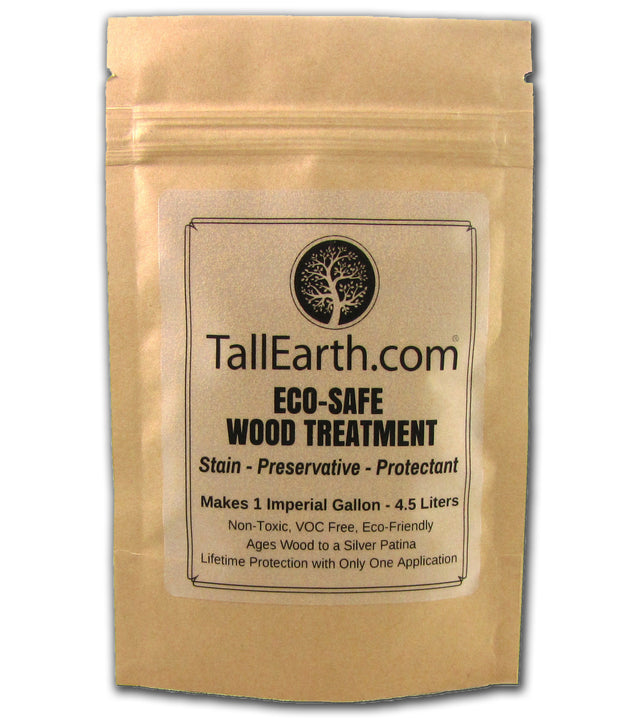
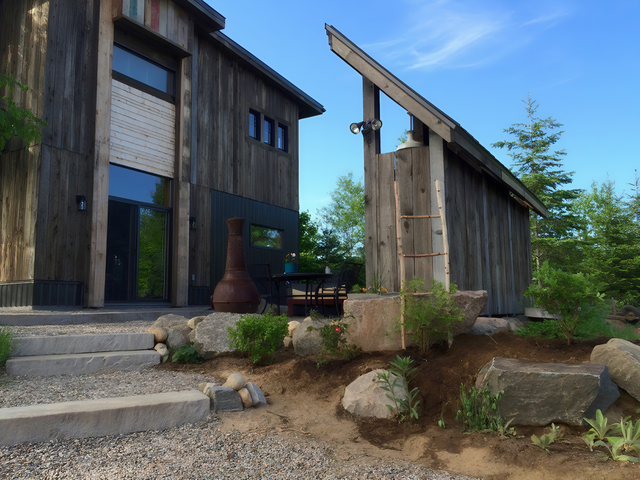
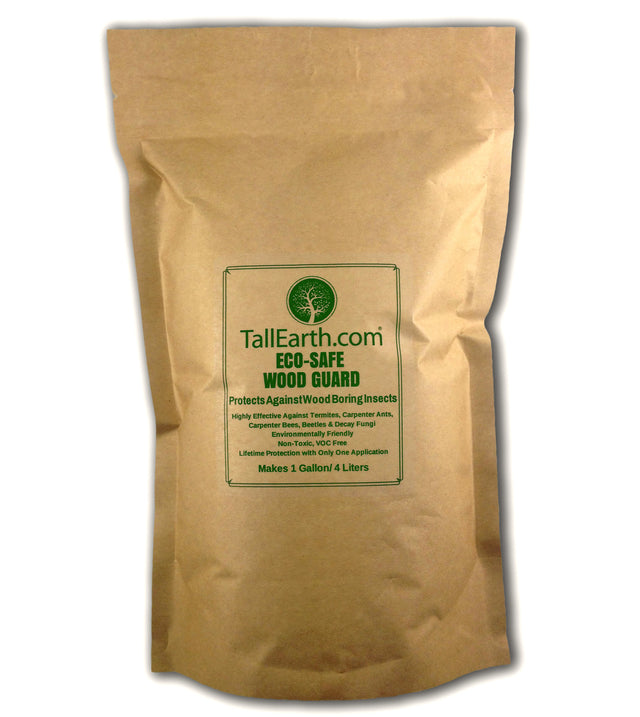
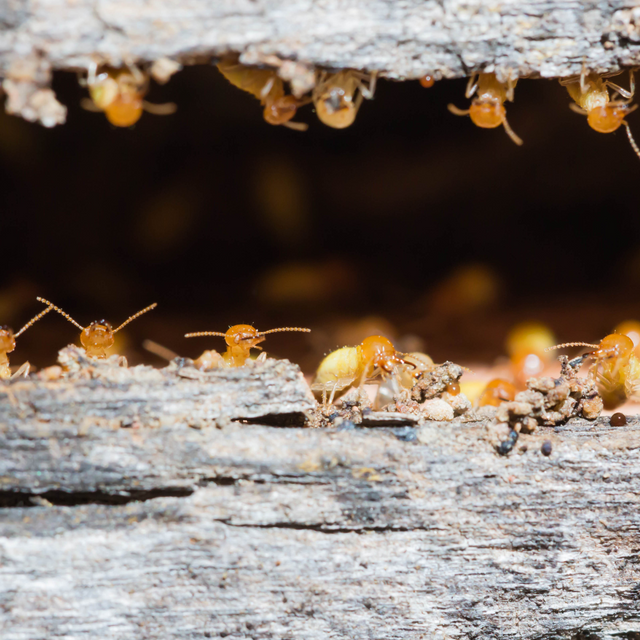
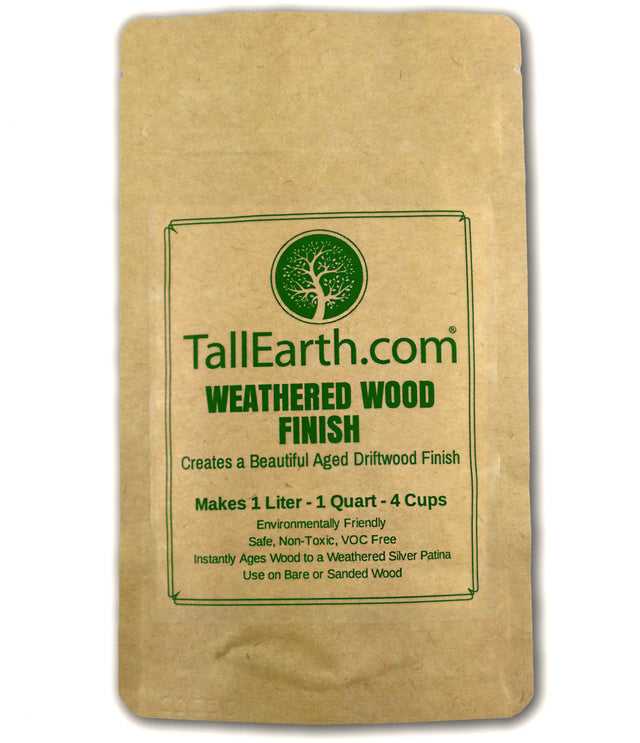
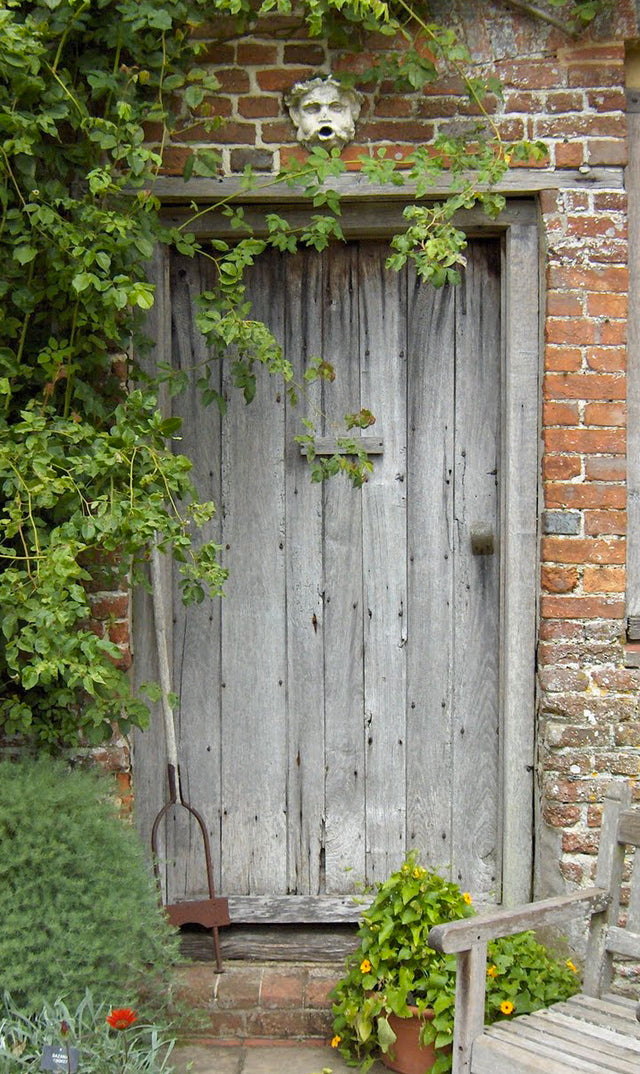



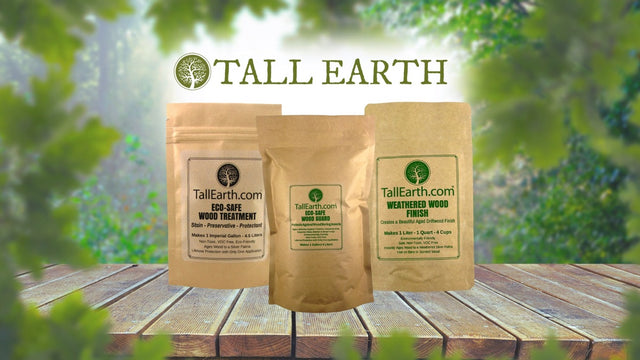
0 Comments
There are no comments for this article. Be the first one to leave a message!